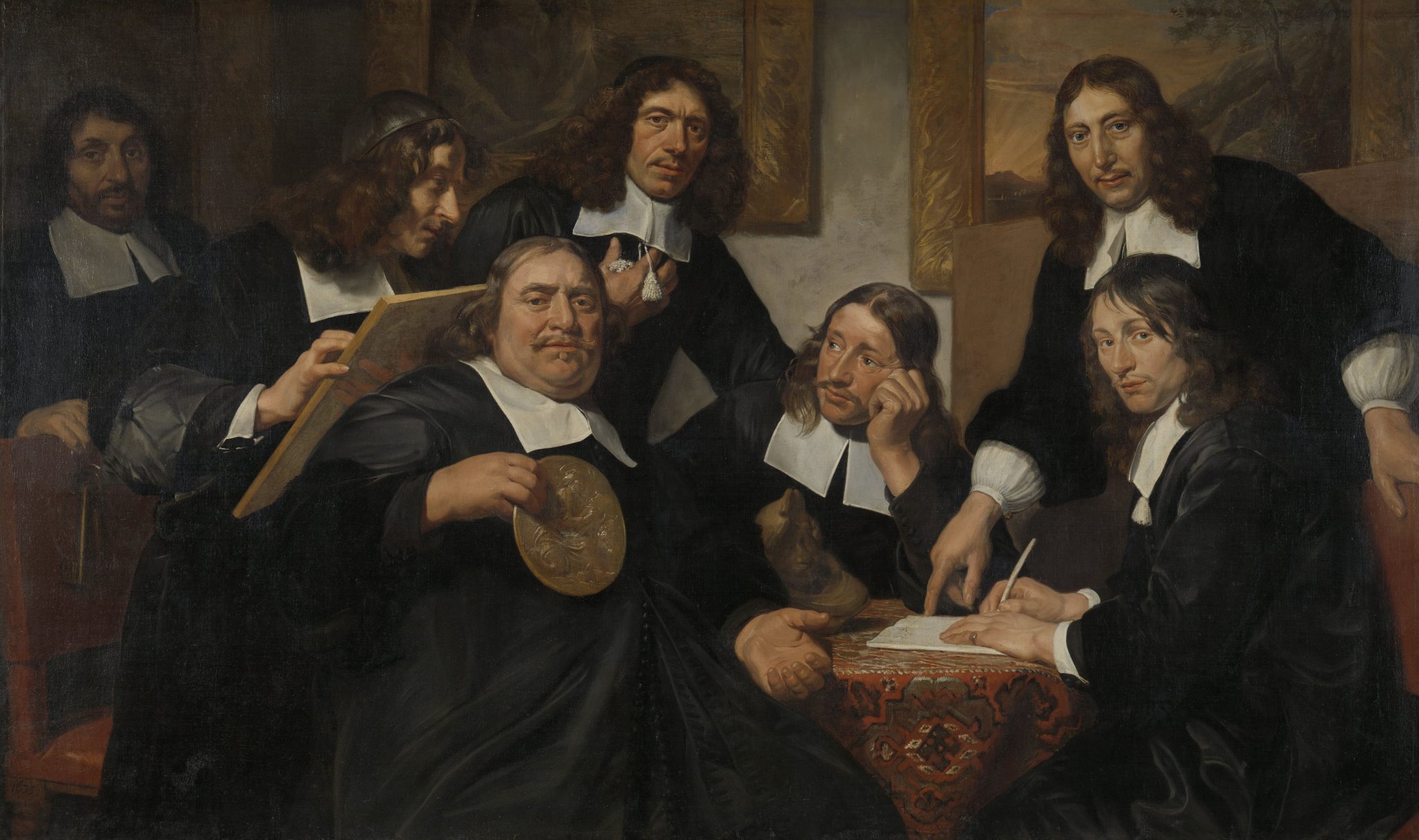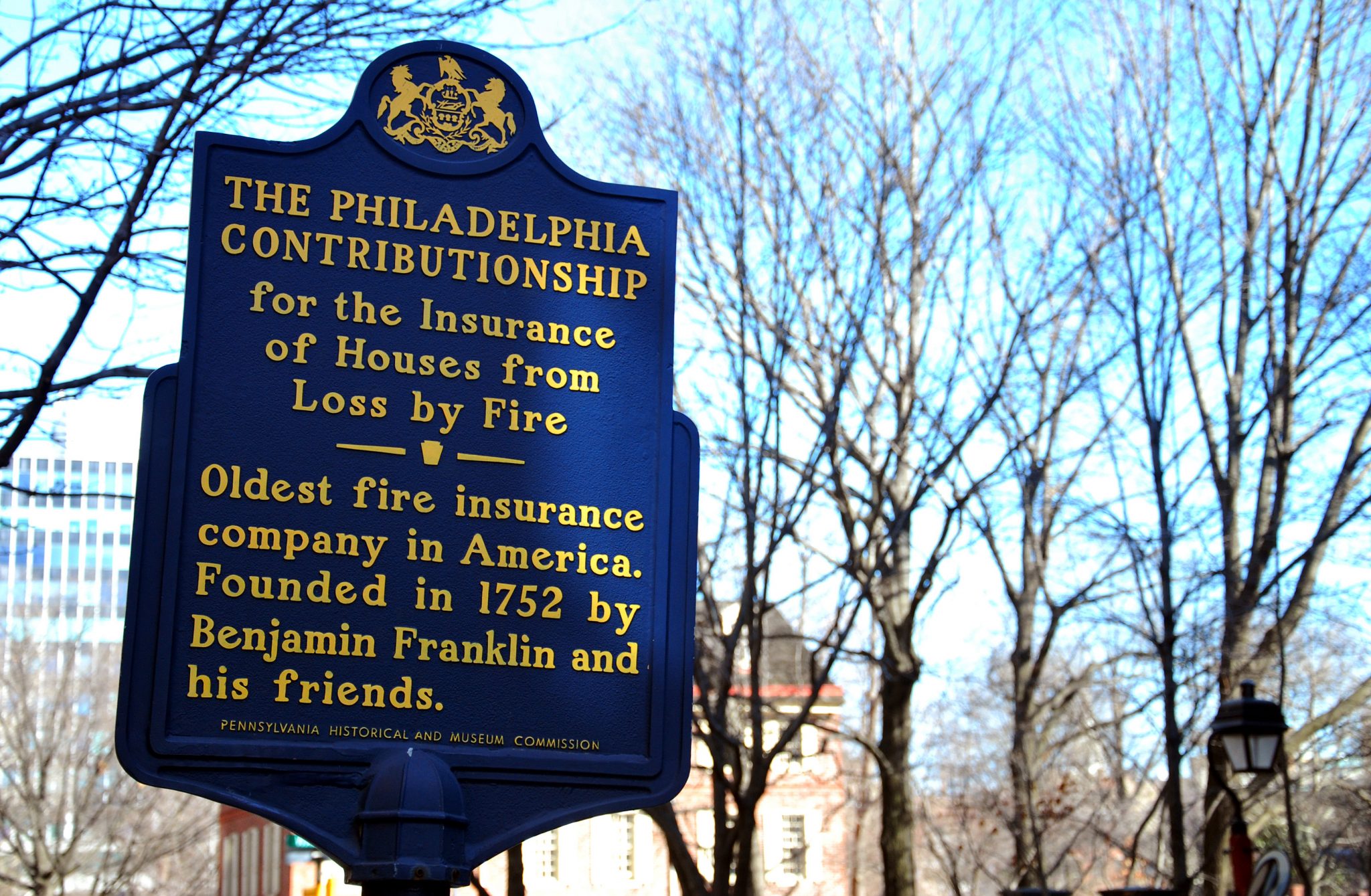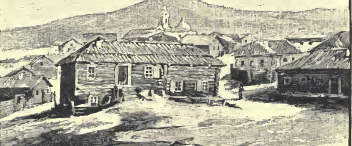You may know the story. In 1844, weavers and workers in Rochdale in the North of England – the ‘pioneers’ – started a food store in a venture that has come to be seen as the first co-operative in the world. There were pioneers before, but only when I saw a map of co-ops in Britain before 1844 in the Co-operative Archive did I realise their extent. What follows is a series of examples of early co-operation and mutuality around the world that can also perhaps be considered as pioneers.
The Town Market
The Confucian Mencius, or Meng Ke, lived in China in the fourth century BCE. From sayings attributed to him, we know of market traders who set up ways to exchange together, with officials to oversee the process.
The Commons
In India, communities have long collaborated to sustain local assets such village tanks. In Karnataka, most of the rains the state experiences come in the monsoon season. If the rains fail, the effect of farming is crippling, so the rationale for rainwater harvesting has always been strong. An inscription dated to 1371 in Karnataka describes the contribution of villagers in Nanjapura to a water tank. They provided four bullock carts and the materials needed to maintain the tank.
The College
A stone’s throw from the walls of Rome, the Collegium of Aesculapius and Hygia was founded in around 153 AD by a wealthy Roman woman named Salvia Marcellina. This served as a dining club for its 60 members, and a burial society. The college lent money to its members, using the interest to pay its expenses. As a member, you were guaranteed a burial, including all of the costs associated with a funeral. The college had a president, the officers were ’caretakers’ and the body of regular members was termed the ‘the people’.
The Maritime Mutual
From the late eighth century, a range of partnership models for enterprise and trade on the seas emerged in the Islamic world, allowing people to co-invest and share returns. These permitted, on an agreed basis, the sharing of losses including acting as surety for other partners and to acting on a mutual basis across the partners. The term typically used, Sharikah, or al-Shirkah, means in effect a sharing, co-partnership. The most comprehensive form, Sharikat al Mufawadah, offered members equal rights in economic terms and an equal say regarding the ability to act on behalf of the partnership. Early West European companies, such as the Compagnie de la Nouvelle France formed in 1627 to pursue trade in furs with North America, also operated by one member, one vote.
The Workshop
The Ahi (‘brotherhood’ or ‘generous, open-handed’) movement in Anatolia, modern Turkey was started in the thirteenth century by Pir Ahi Evran-e Veli, a master leather craftsman and scholar, born in Iran in 1169. The context was warfare and Mongolian invasion close by. The vision was one of both enterprise and faith. The first leather workshop established by Ahi Evran was in Kayseri. Trades, crafts and arts were grouped in bazaars; each one is given over to one profession (along with a baker and barbershop allowed for each) and each with its symbol. Fatma Bacı, the wife of Ahi Evran, established a bazaar for women, allowing them to group and to sell the goods that they produced.
The Lending Circle
Lending circles can also be traced back to thirteenth century Japan, in the form of Ko or Mujin, where groups of rural villagers, between twenty and fifty people, pooled savings and took turns to win credit. The ring was one of the few forms of collective self-help and resistance potentially open to slaves. Operating as a private activity, it could be hidden from those attempting to suppress it. Rotating savings and credit associations have a long history by different names in different countries: Hui in Southern China, Kye in rural Korea, Tontines in West Africa, Muzikis or Likelambas in the Democratic Republic of the Congo, Ekub in Ethiopia, Stokvel in South Africa, Mukando in Zimbabwe, Tandas and Cundina in Mexico, Chits, Kuries and Bhishies in India and Thong Thing in Cambodia.

The Artists Guild
Guilds emerged in Western Europe in the eleventh century. To become a master, a guild apprentice needed to complete a ‘masterpiece’ passed for its quality by the guild. The ‘Dutch Masters’ – an extraordinary generation of painters in the Netherlands were indeed masters in their own time. The patron saint of artists was St Luke. With church patronage in decline in the Low Countries, the Guilds of St Luke turned to domestic customers, developing an extraordinary market for art. By 1660, the year that Vermeer died and Rembrandt completed his last etching, 45,000 paintings were estimated to hang on the walls of homes in Delft.
The Labour Society
The Shore Porters Society, which dates back to 1498, formed by the Scottish porters, or ‘pynours’, working in the harbour at Aberdeen. One of the first members for whom we have a name is that of a woman, Megy Tod, in 1514. In a trade that required strength and skill, women could find a place – at least early on. The business still runs today, specialising in removals – a contemporary enterprise that continues in partnership and with the same competence, of heavy lifting, that it started within the early days of the guilds.
The Women’s Guild
The guilds typically had masters, not mistresses. There is evidence both of laws against women as members, such as in the guilds in Germany, and of those laws being flouted or resisted. In 1628, more than forty women who were spinners broke into the city hall of Barcelona. They threw insults at the councillors in protest at the action of master drapers, who were sending wool to be spun outside the city. There are also initiatives to recognise women. The seamstresses in Paris in 1675 set up a guild that entitled them to sew and sell clothes for women and children.

The Insurance Mutual
Associations such as ‘fire guilds’ or ‘death guilds’ emerged to provide mutual assistance against risks as varied as fire damage, death, shipwreck and the death of livestock. The first recorded society was founded in Schleswig Holstein in 1537. In 1752 Benjamin Franklin founded America’s first mutual, the Philadelphia Contributionship of the Insurance of Houses from Loss by Fire. This was modelled on one he had seen in his time in London, to insure and protect buildings from the hazard of fire.
The Farmer Co-operative
On the mountain slopes of Switzerland and Franche-Comté, cheese-making societies, on Fruitières, spread from the fourteenth century. They offered ways for neighbours to pool milk to produce cheese. We can trace the lines of mutuality, including self-governing quality standards and charters, such as the Appellations d’Origine Protégée, to the co-operatives that are responsible for the production of Comté and Gruyère cheese today. In the late nineteenth century, George Jacob Holyoake wrote: “It is clear that Gruyère should be the favourite cheese of co-operators, as it is the first cheese made on their system.”
The Prisoners Co-operative

The Decembrists in Russia were sentenced to exile and hard labour in Siberia after a failed revolt in December 1825, with special orders from the Tsar to make life as hard as possible for them. There, they founded the Great Artel, a form of co-operative, to survive together. They shared food parcels coming in, fenced off land next to the prison, started to produce clothing and footwear, saved money and offered credit and even did well enough to sell potatoes and beetroot to peasants in the area. Pyotr Svistunov, in a letter dated September 1831, said it “is our Lilliputian state. Every year, by means of a majority in a secret ballot, we elect a ruler and a chancellor, who will enact the will of the Artel.”
- Ed Mayo is the author of A Short History of Co-operation and Mutuality, which highlights the roots of today’s co-op and mutuality. For more information, visit: uk.coop/shorthistory

